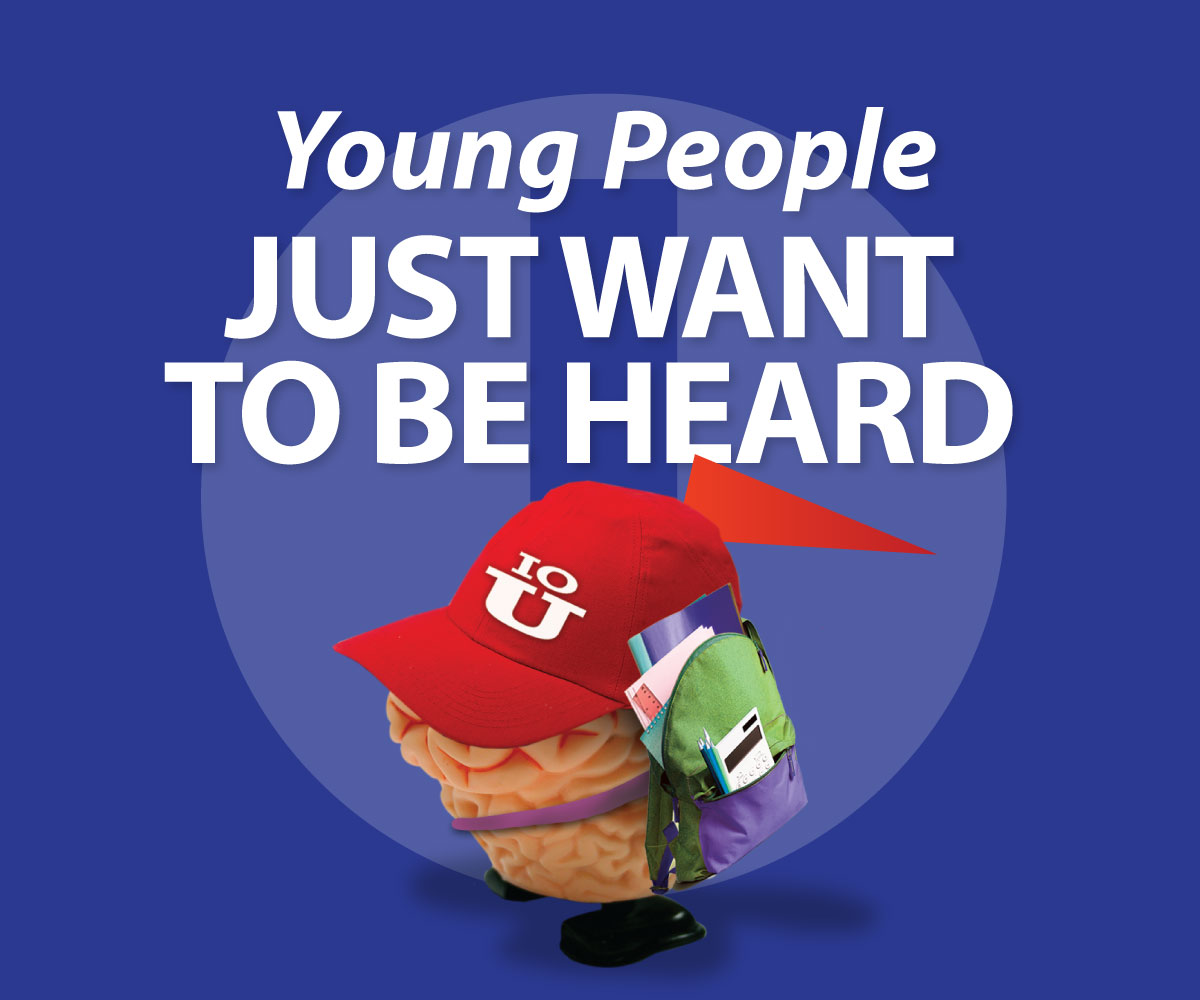
What young people actually want (part 1)
If you don’t want to talk to young people, I get it. Their memes are confusing and their fashion choices can be scary. But you can’t grow younger if you aren’t really sure what these folks want.
The good news is that I went out and talked to the youths for you, and they had a lot to say. I was able to do this because I am, technically, a young person as well.
More good news is that millennials and zillennials love old people who have sensible clothing choices! So you might be more appealing than you thought you were.
I’m going to discuss some of their specific opinions in future articles, but here are the four main ideas that pretty much everyone mentioned:
“I’d switch to a Credit Union tomorrow if they had a way to help me transfer over all my auto pays” – Alex
Quicken Loans launched Rocket Mortgage in 2015, and in their first full year they funded $7 billion in closed loans. Carvana is also less than 10 years old, and in 2018 they were reported to be the fastest growing used car dealer in the United States. And maybe a little closer to home, Chime (the challenger bank) closed in on 10 million accounts by the end of 2020, nearly doubling in size.
You already know what these companies have in common: they market themselves as easy, no-strings-attached alternatives, and then they deliver.
Easy is sexy. Easy is what young people want, and why shouldn’t they?
Put yourself in their shoes: if they have to jump through several hoops to set up something as common as direct deposit or autopay – that’s not exactly a confidence booster.
Whether it’s your membership application, loan application, direct deposit, autopay, direct deposit, it doesn’t matter – make it as easy as possible. Then show your target market how easy it is.
“Cross-compatibility with other apps like Venmo” – Nathan
Making things easy brings us right to another painful subject: technology. Keeping up with the newest tech is hard for a lot of financial institutions, and we understand why. It seems like there’s a new 3rd party P2P system every other week, and it can be difficult to keep pace.
What’s worth noting is that when your members can’t transfer their CashApp or Venmo balance, you risk driving them away. A lot of people are using these payment apps to pay bills, pay rent, and pay their friends. It’s worth your time to figure out which ones your members are using, and how to make those connections.
While you’re at it, it never hurts to take a look at your own app and website. Do you have features like autopay, bill pay, remote deposit and direct deposit? How easy is it for your members to access their accounts remotely? If your answer isn’t, “As easy as we can possibly make it right now,” then you’ve got work to do.
“Don’t charge me for not having money” – Sarah
Your overdraft fees are often seen as hidden, predatory-seeming fees that plague a lot of young people’s finances.
Helping members is a foundational part of the Credit Union philosophy, so you need to make sure people understand how you help. If you charge overdraft fees, you also need to be able to explain why, and give them a way to avoid those fees.
After all, if all they’re seeing is behavior they associate with banks, how will they know there’s a difference?
“Teach me how to invest and save sustainably” – Lily
Millennials are entering their 30s and a lot of them are trying to get their finances on track. A lot of these young folks want to have kids and buy houses, but they don’t know their options. They don’t feel like they have enough money to start investing, and building up a savings account takes time.
Almost every young person I talked to said they take financial advice from at least one of their parents. They aren’t getting advice from a lot of other sources, and a majority of them said they wished their financial institution would help.
Do I even need to point out the opportunity here?
While most financial institutions offer some kind of financial literacy material, what’s actually available is usually rather lackluster, or simply unpromoted. You can’t settle for putting a link or an inquiry form on your website, or you’ll just sit there wondering why no one is using it.
Your marketing budget might have room for something like a personalized, high-production-value video campaign on financial literacy, but not doing anything may also sending a message:
“If you don’t help me, it’s because you don’t care.”
The bottom line is young people need help. If you have the resources that can help them, you need to let them know.
- How do you get new members to Google you? - March 26, 2024
- 3 big money questions from a new father - March 5, 2024
- 24 Tips for Monster Results in 2024 (Part 2) - December 19, 2023
